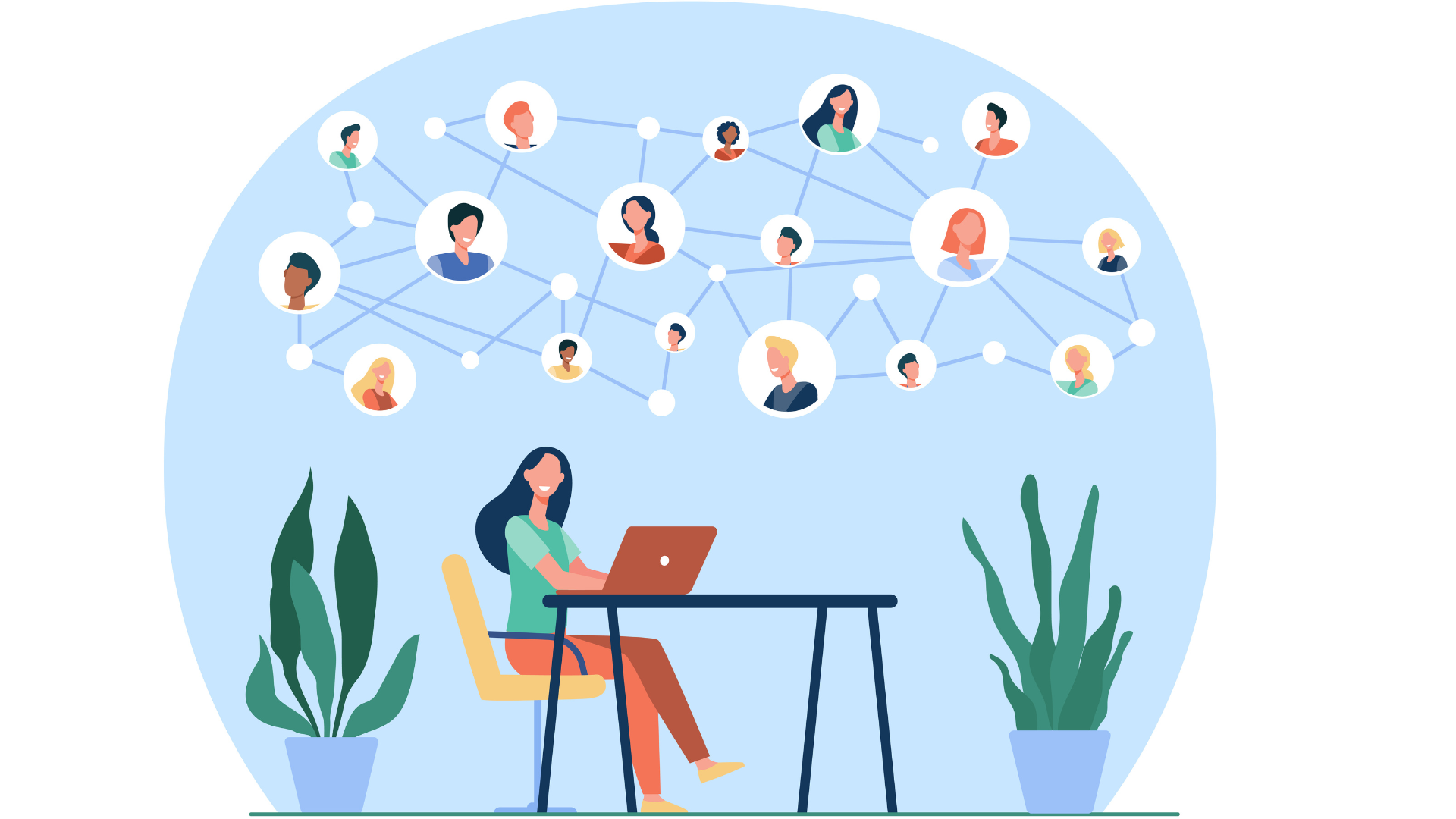How to Transition from Python Developer to Computer Science Teacher at School/College
Switching from a Python developer position to a computer science teacher role in high school or college can be a rewarding career shift. This transition allows you to leverage your technical expertise to educate and inspire the next generation of computer scientists. Here's a comprehensive guide to help you make this career change effectively.
1. Assess Your Motivation and Goals

Before making the switch, it's essential to understand why you want to transition to teaching. Reflect on questions such as:
- Why do you want to leave your current developer role?
- What attracts you to teaching computer science?
- What are your long-term career goals?
Understanding your motivation will help you stay focused and committed throughout the transition process.
2. Gain Relevant Teaching Qualifications

For High School Teaching:
- Bachelor's Degree: Typically, a bachelor's degree in computer science, education, or a related field is required.
- Teaching Credential: Most states require a teaching credential or certification. This often involves completing a teacher preparation program and passing relevant exams.
- Subject-Matter Competency: You may need to demonstrate subject-matter competency through exams like the PRAXIS series.
The Praxis exams are a series of American teacher certification exams written and administered by the Educational Testing Service (ETS). They are designed to assess the knowledge and skills of individuals seeking to become teachers. The Praxis exams are used by many states as part of the certification process for educators.
Types of Praxis Exams
1. Praxis Core Academic Skills for Educators (Core)
- Components: Reading, Writing, and Mathematics.
- Purpose: Measures basic skills and is often required for entry into teacher education programs.
2. Praxis Subject Assessments
- Components: Over 90 different tests covering a range of subjects and grade levels. Praxis Computer Science (5652) is available here.
- Purpose: Assess knowledge of specific subjects that K-12 educators will teach, as well as general and subject-specific teaching skills.
3. Praxis Content Knowledge for Teaching Assessments (CKT)
- Components: Specialized tests for specific subject areas and grade levels.
- Purpose: Measures both subject-specific content knowledge and pedagogical knowledge needed for teaching.
Key Uses:
- Teacher Certification: Many states require passing Praxis scores as part of their certification requirements.
- Entry into Teacher Education Programs: Some teacher preparation programs require Praxis Core scores for admission.
- Professional Development: In some cases, teachers may take Praxis exams to demonstrate mastery in new subject areas or to qualify for additional endorsements.
Preparing for the Praxis Exams
Preparation for the Praxis exams typically involves a combination of studying content-specific material, reviewing test-taking strategies, and taking practice tests. ETS provides a range of study materials, including practice tests and study guides.
Resources:
- ETS Official Study Materials: Available on the ETS website.
- Test Prep Books: Numerous publishers offer study guides and practice tests.
- Online Courses and Tutoring: Many online platforms offer courses and tutoring specifically for Praxis exam preparation.
For more detailed information on the Praxis exams, including registration, test dates, and preparation resources, you can visit the ETS Praxis website.
For College Teaching:
- Advanced Degree: A master's degree or Ph.D. in computer science or a related field is often required.
- Teaching Experience: Experience as a teaching assistant (TA) during your graduate studies can be beneficial.
- Publications and Research: Having research publications can enhance your profile, especially for tenure-track positions.
3. Acquire Teaching Experience

Gaining practical teaching experience can significantly ease your transition. Here are some ways to get started:
- Tutoring: Offer private tutoring sessions in computer science or programming. Consider the following platforms for registering as a programming tutor:
Classgap Online Tutoring Platform
Find Tutors Platform
Codementor.io Platform
Apprentus Platform
Wyzant Platform
Preply Tutoring Platform
Superprof Tutoring Platform - Adjunct Teaching: Apply for adjunct teaching positions at local community colleges or online universities.
- Teaching Assistantships: If you are pursuing an advanced degree, work as a teaching assistant to gain classroom experience.
4. Develop a Teaching Portfolio

A teaching portfolio showcases your teaching philosophy, experience, and effectiveness. Include the following elements:
- Teaching Philosophy Statement: A reflective essay outlining your approach to teaching and learning.
- Sample Lesson Plans: Examples of lesson plans, assignments, and assessments you have developed.
- Student Feedback: Positive feedback or evaluations from students or peers.
- Professional Development: Any workshops, seminars, or courses you have attended to improve your teaching skills.
5. Adapt Your Technical Skills to the Classroom

Your experience as a Python developer is a significant asset. However, teaching requires translating complex concepts into understandable lessons for students. Focus on:
- Curriculum Development: Learn how to develop a comprehensive curriculum that aligns with educational standards.
- Differentiated Instruction: Develop strategies to meet the diverse learning needs of students.
- Classroom Management: Understand techniques for managing a classroom effectively.
In the USA, Python programming is commonly taught across various computer science subjects in high schools and colleges. Here are some key subjects where Python is often included in the curriculum:
High School
1. Introduction to Computer Science
- Overview: This course introduces students to the basics of computer science, including programming fundamentals, problem-solving, and algorithmic thinking.
- Python Usage: Python is frequently used because of its simplicity and readability, making it ideal for beginners.
2. AP Computer Science Principles
- Overview: An Advanced Placement (AP) course designed to introduce students to the foundational concepts of computer science and programming.
- Python Usage: Python is one of the programming languages allowed for this course due to its versatility and ease of use for teaching algorithms and data structures.
3. AP Computer Science A
- Overview: Another AP course focusing more deeply on programming and problem-solving using an object-oriented approach.
- Python Usage: While Java is the primary language for AP Computer Science A, many preparatory courses include Python to build foundational skills before transitioning to Java.
4. Data Science and Analytics
- Overview: Courses focusing on data analysis, visualization, and the basics of data science.
- Python Usage: Python's extensive libraries like pandas, NumPy, and matplotlib are commonly taught for data manipulation and visualization.
5. Extra-curricular activities like Coding clubs, Robotics classes, Game Development Clubs, AI and Machine Learning Clubs, App Development Clubs, Coding Competitions.
College
1. Introduction to Programming
- Overview: Similar to high school introductory courses but more in-depth, focusing on basic programming concepts, control structures, data types, and basic algorithms.
- Python Usage: Widely used in introductory courses across many universities due to its straightforward syntax.
2. Data Structures and Algorithms
- Overview: This course covers fundamental data structures (like lists, stacks, queues, trees, graphs) and algorithms (sorting, searching, etc.).
- Python Usage: Python's dynamic typing and high-level data structures make it an excellent choice for teaching these concepts.
3. Software Engineering
- Overview: This course teaches software development methodologies, design patterns, testing, and project management.
- Python Usage: Python is often used for its extensive standard library and support for various development frameworks.
4. Artificial Intelligence and Machine Learning
- Overview: Advanced courses focusing on AI concepts, machine learning algorithms, and practical applications.
- Python Usage: Python is the language of choice for AI and ML due to libraries such as TensorFlow, Keras, and scikit-learn.
5. Web Development
- Overview: Courses that cover the basics of web programming, including front-end and back-end development.
- Python Usage: Python frameworks like Django and Flask are taught for server-side development.
6. Data Science
- Overview: Similar to high school but more advanced, focusing on big data, statistical analysis, and machine learning.
- Python Usage: Python's role in data science education is significant due to its powerful libraries for data analysis.
6. Network and Seek Mentorship

Connecting with current educators can provide valuable insights and guidance. Consider the following:
- Professional Associations: Join associations such as the Computer Science Teachers Association (CSTA) or the Association for Computing Machinery (ACM).
- Online Communities: Participate in forums and social media groups focused on computer science education. Try joining such Facebook groups like: Computer Science Educators, European Network of STEM Educators, Computing ( ICT&Computer Science), GCSE Computer Science Discussions and Resources, IB Computer Science Teachers, AP Computer Science Principles Teachers, Computer Science Teaching Resources (GCSE and A-Levels) etc.
- Mentorship: Seek out experienced teachers who can offer advice and support as you transition into your new role.
7. Apply for Teaching Positions

When you're ready to apply for teaching positions, ensure your application materials are tailored to the education field. Key documents include:
- Resume/CV: Highlight your technical expertise, teaching experience, and any relevant certifications.
- Cover Letter: Explain your motivation for switching careers and how your experience as a developer will benefit your students.
- Letters of Recommendation: Obtain letters from colleagues or supervisors who can attest to your skills and dedication.
The most popular platforms to look for a Computer Science Teacher jobs are:
CSTA Computer Science Teachers Jobs
Indeed Computer Science Teachers Jobs
Glassdoor Computer Science Teachers Jobs
LinkedIn Computer Science Teachers Jobs
The average salary for a Computer Science teacher in the United States varies significantly based on location and experience. On average, Computer Science teachers can expect to earn around $67,000 to $100,000 per year. For instance, the highest salaries are observed in states like California and cities such as San Francisco and San Jose, where the average salaries are approximately $77,000 per year (Salary.com) (ComputerCareers). In some metropolitan areas like Los Angeles and New York, salaries can be higher, reflecting the higher cost of living in these regions.
The states with the lowest average salaries for computer science teachers in the USA tend to be states that also rank low in overall teacher pay. Based on recent data, some of the states with the lowest average salaries for teachers include:
- Mississippi
- West Virginia
- South Dakota
- Florida
- Arkansas
These states often have starting salaries below the national average and offer limited increases over time compared to higher-paying states. For example, Florida, even when adjusted for the cost of living, remains one of the lowest-paying states for teachers, with an average adjusted salary of $50,508 (World Population Review) (USAFacts).
8. Prepare for the Interview
Interviews for teaching positions often include both traditional questions and teaching demonstrations. Be prepared to:
- Discuss Your Teaching Philosophy: Explain your approach to teaching and how you plan to engage students.
- Demonstrate Teaching Skills: Conduct a mock lesson or provide a sample lecture.
- Showcase Your Technical Knowledge: Be ready to discuss how you will teach complex computer science concepts in an accessible way.
Conclusion
Transitioning from a Python developer to a computer science teacher involves obtaining the necessary qualifications, gaining teaching experience, and effectively communicating your passion for education. By following these steps and leveraging your technical expertise, you can successfully make the switch and inspire the next generation of computer scientists.
